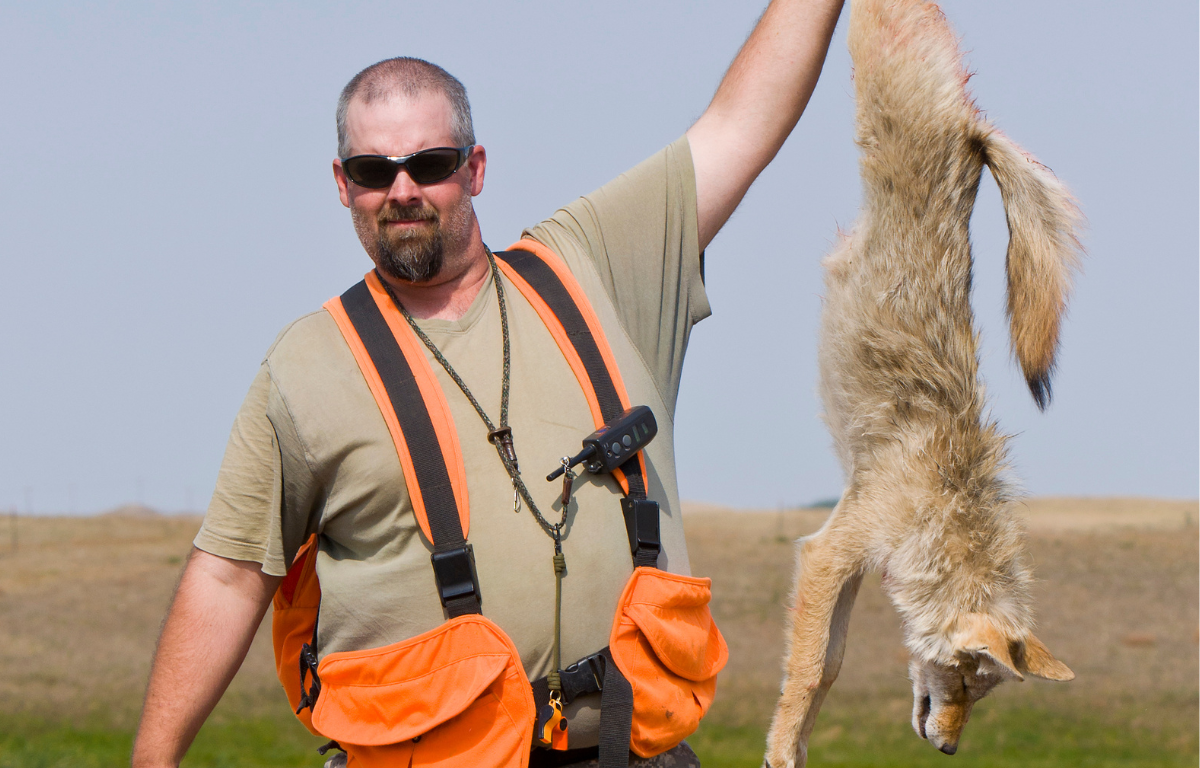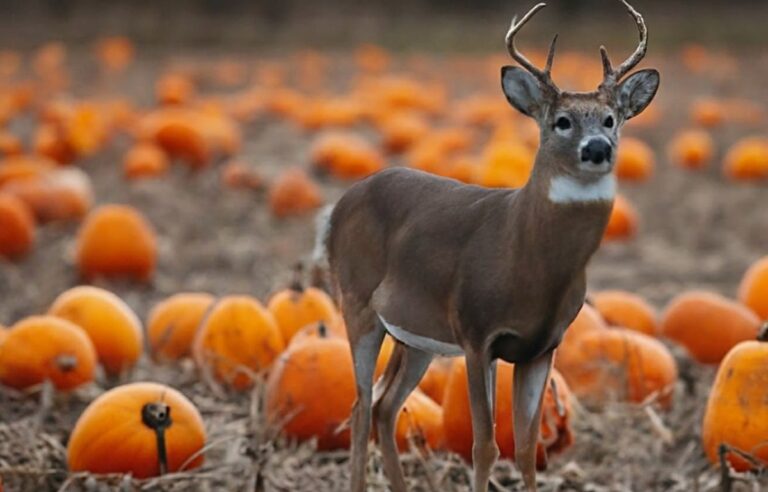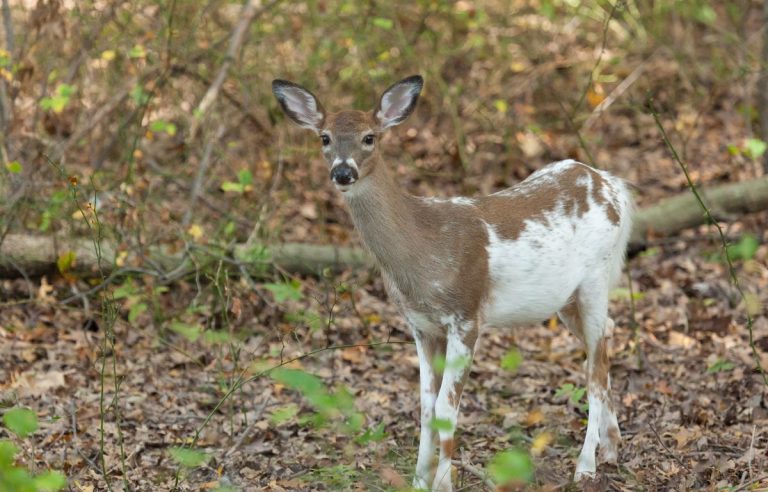Predator Hunting During The Offseason
In this predator hunting guide, we’ll look into coyote and fox hunting during the winter season, explore tips and tactics and providing essential insights for a successful predator hunt.
How to hunt predators during the offseason
Winter serves as a prime season for predator hunting, with hunters targeting coyotes and foxes for various reasons. Deer season is typically over in a lot of states. The allure of their furs and hides plays a significant role, attracting those who appreciate the craftsmanship of fur products or seek a sustainable source of natural materials.
- Fur and Hide Harvesting:
- The fur industry values the pelts of coyotes and foxes for their warmth, softness, and aesthetic appeal. Harvesting furs during the winter ensures prime quality.
- Many hunters engage in ethical and sustainable practices, contributing to the responsible management of predator populations.
- Livestock Protection:
- Farmers often turn to predator hunting to safeguard their livestock. Coyotes, in particular, are notorious for preying on vulnerable animals, making their control crucial for agricultural communities.
- The U.S. Department of Agriculture (USDA) acknowledges the role of predator control programs in minimizing livestock losses.
The Winter Advantage: Seasonal Considerations in Predator Hunting
- Coyote and Fox Behavior in Winter:
- Winter’s scarcity of food drives coyotes and foxes to be more active in their search for prey, making them susceptible to well-planned hunting strategies.
- The contrast of white snow against their fur enhances visibility, providing hunters with an advantage in tracking and spotting predators.
- Choosing the Right Gear:
- Cold weather demands specialized equipment. Opt for insulated clothing, waterproof boots, and thermal accessories to stay comfortable during long hours in the field.
- Firearms suitable for predator hunting include rifles with flat-shooting cartridges, ensuring accuracy at various distances.
Strategies for Success: Tactics and Techniques
- Scouting and Tracking:
- Familiarize yourself with the hunting area before the season begins. Identify tracks, scat, and potential den sites to understand predator movements. Our deer hunting tips have ways that can help with predator hunting as well.
- Utilize tracking devices or game cameras to monitor activity patterns and determine the most strategic locations for setting up.
- Predator Calls:
- Electronic predator calls simulate distress sounds, attracting curious coyotes and foxes. Experiment with various calls to mimic injured prey and increase your chances of luring predators within range.
- Strategic use of calls during dawn and dusk, when predators are most active, enhances the effectiveness of this technique.
- Camouflage and Concealment:
- Blend seamlessly into the winter landscape with effective camouflage. White or snow-patterned clothing helps hunters remain virtually invisible to sharp-eyed predators.
- Utilize natural cover, such as snow-covered bushes or tree lines, to create a concealed position for a clear shot.
Unleash Your Inner Predator Hunter
Equip yourself with the right knowledge, gear, and ethical practices, and embark on a winter adventure that connects you with the age-old tradition of predator hunting. As you traverse the snowy landscapes, remember that each step is a testament to your commitment to responsible hunting and the preservation of the delicate balance between predator and prey.
Are you ready to embrace the challenge and embark on a winter predator hunting expedition?








